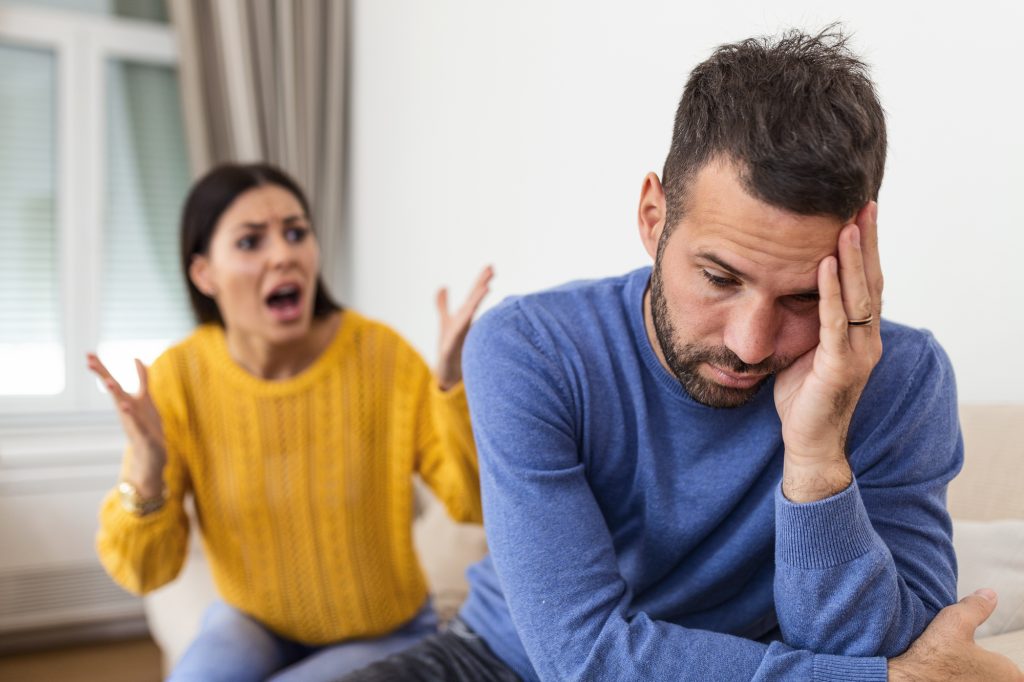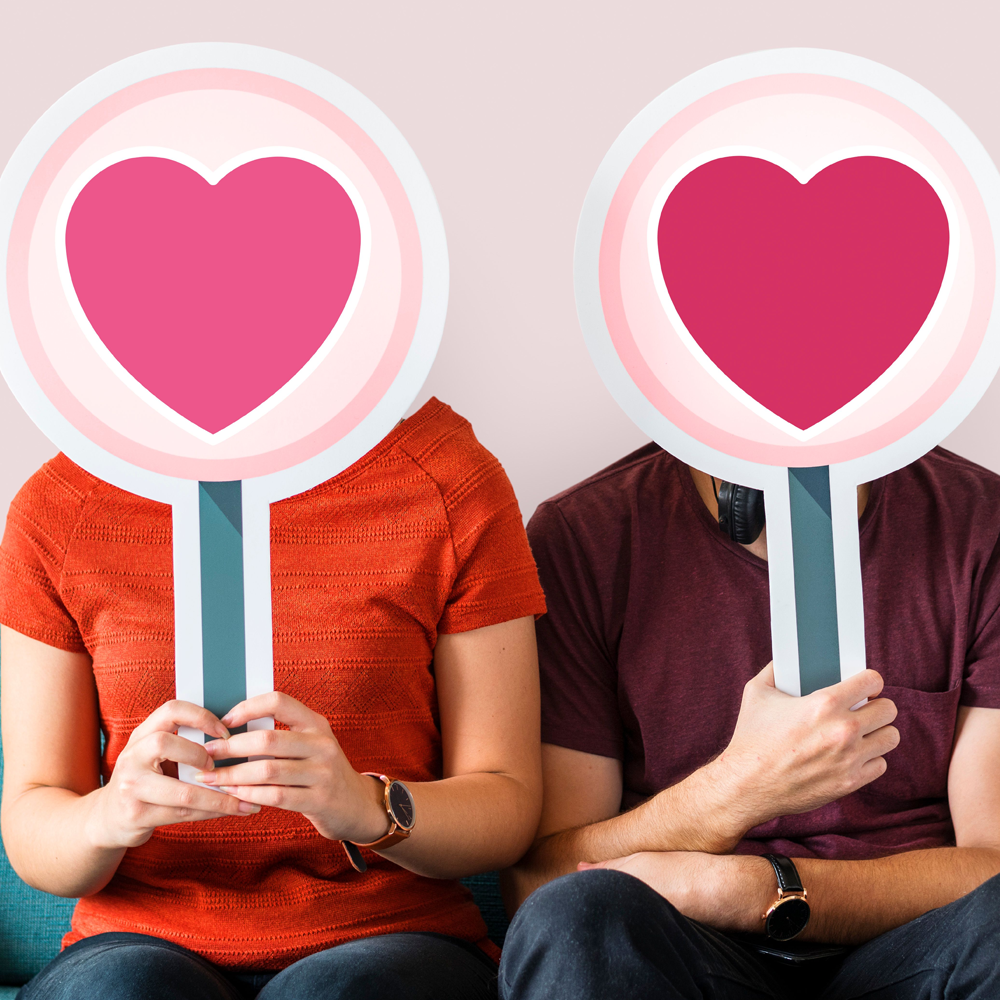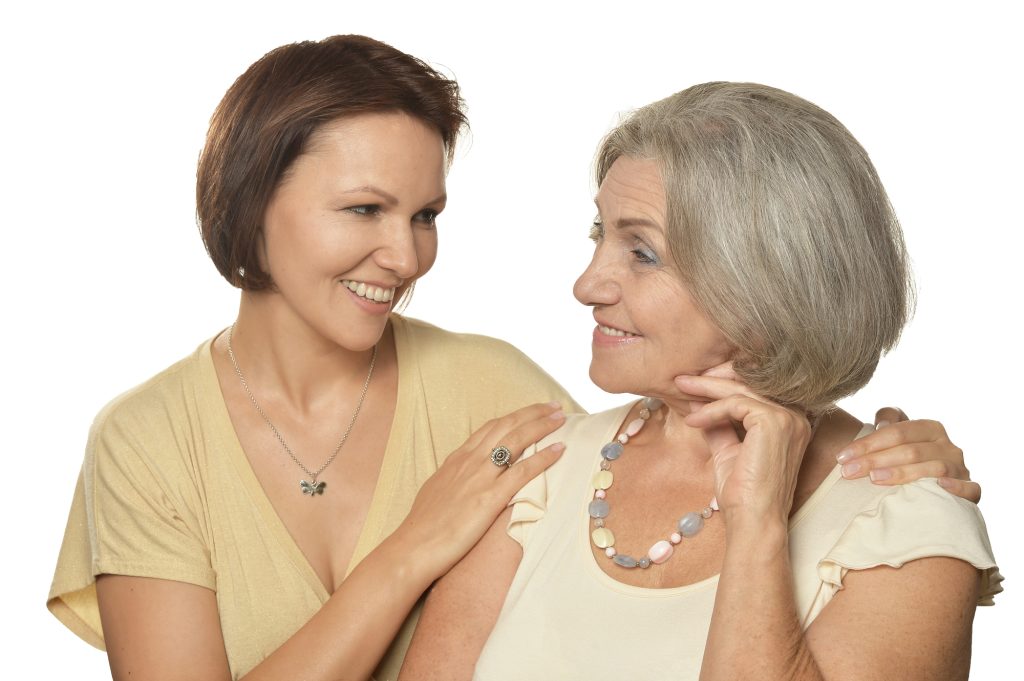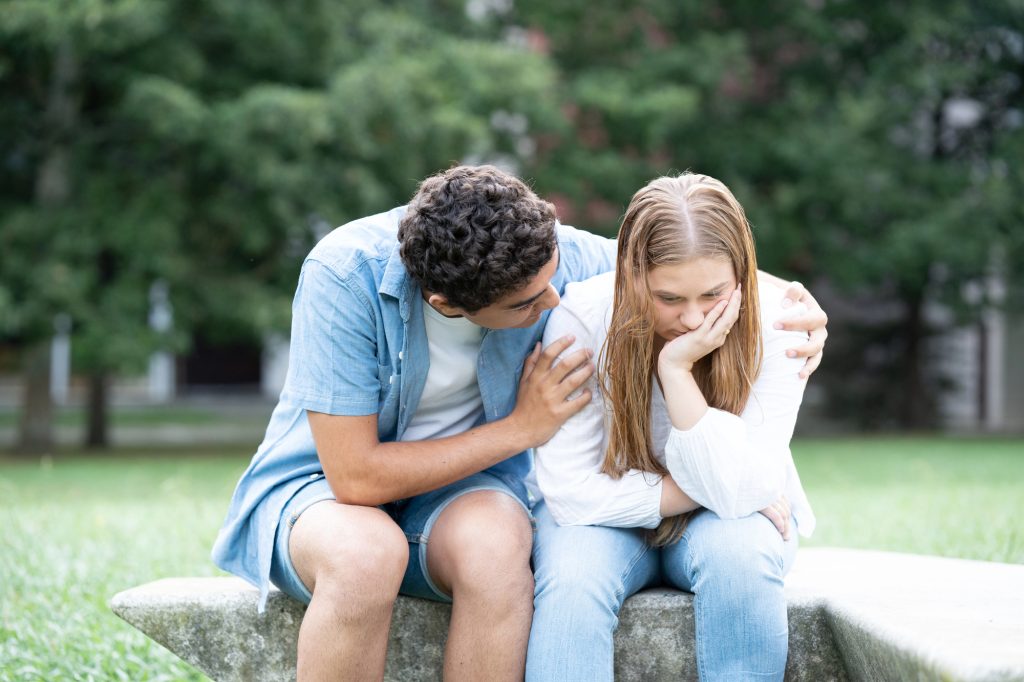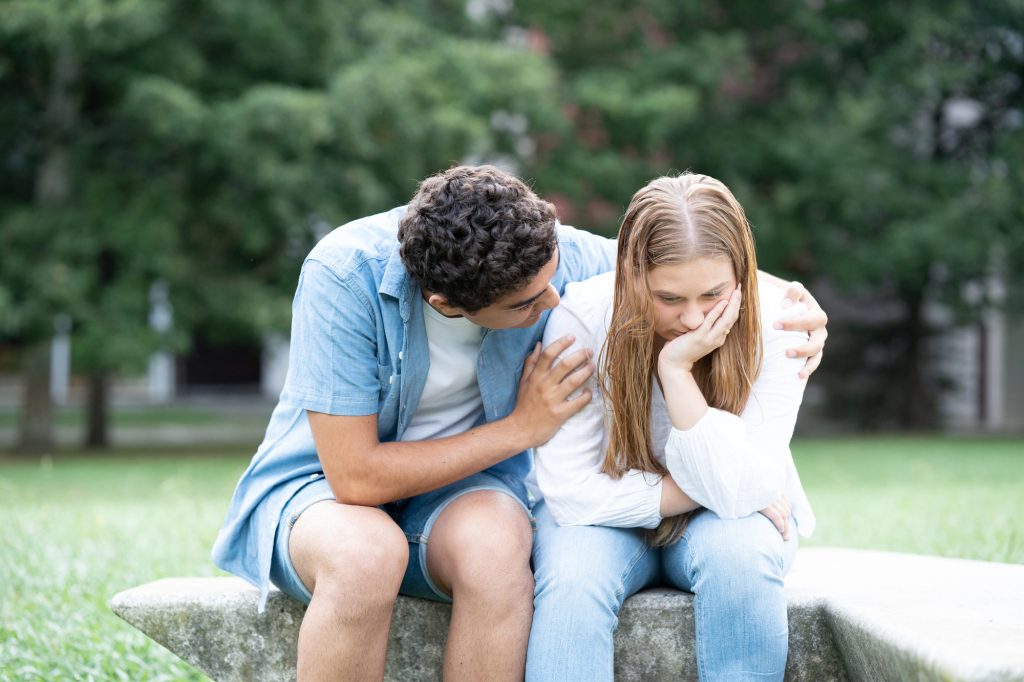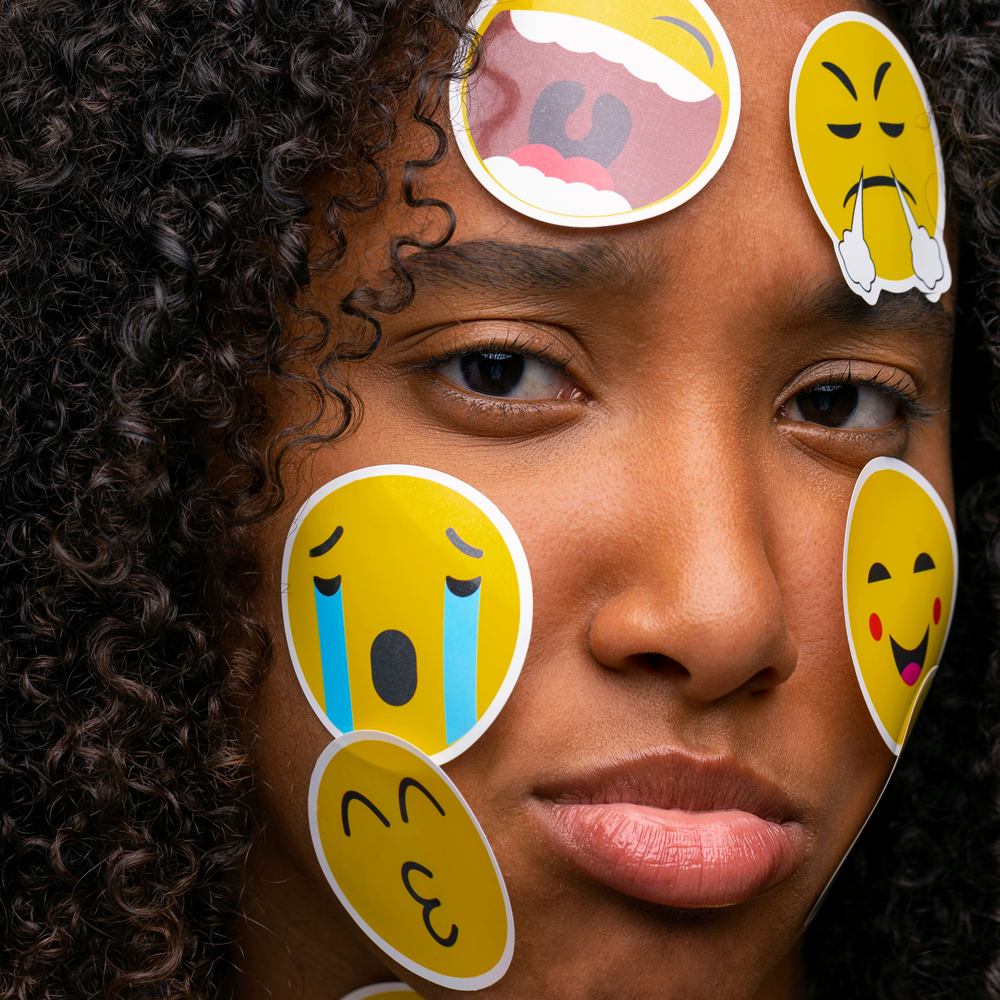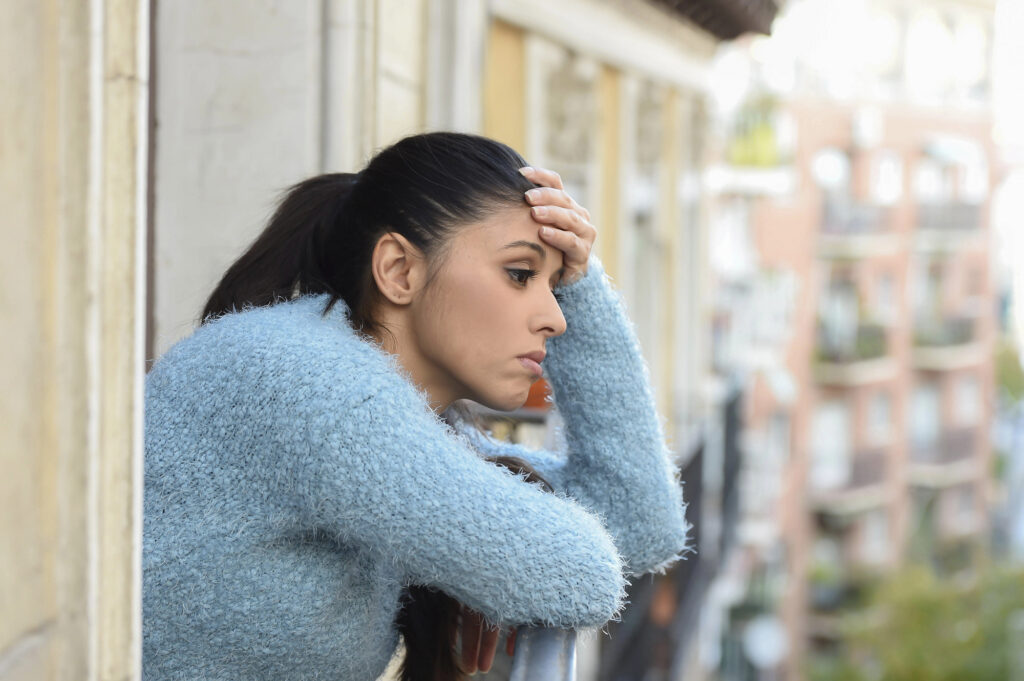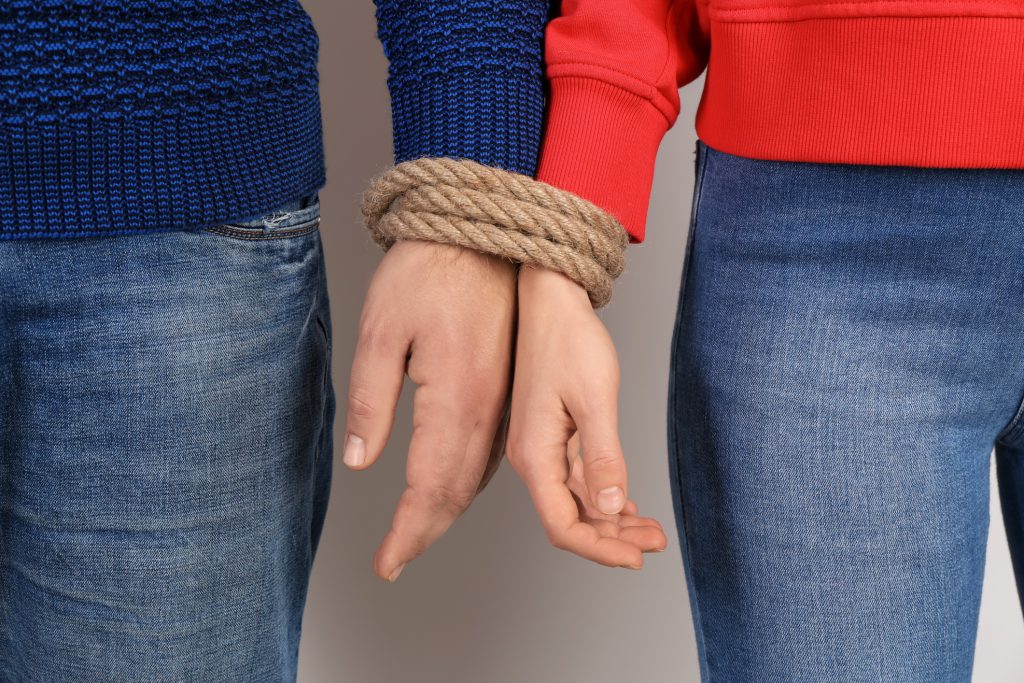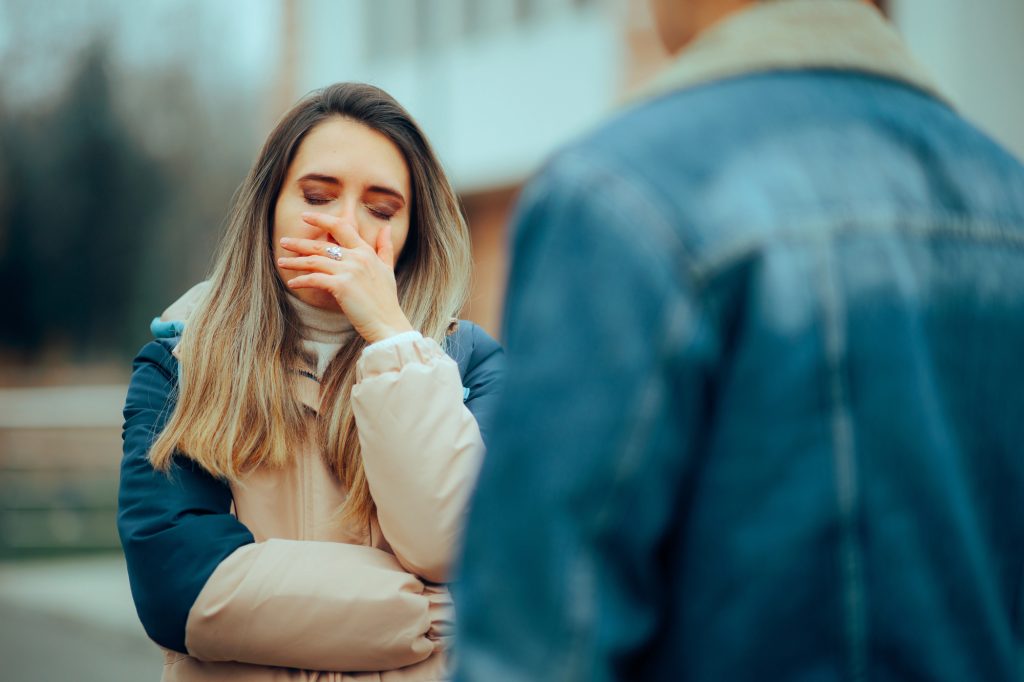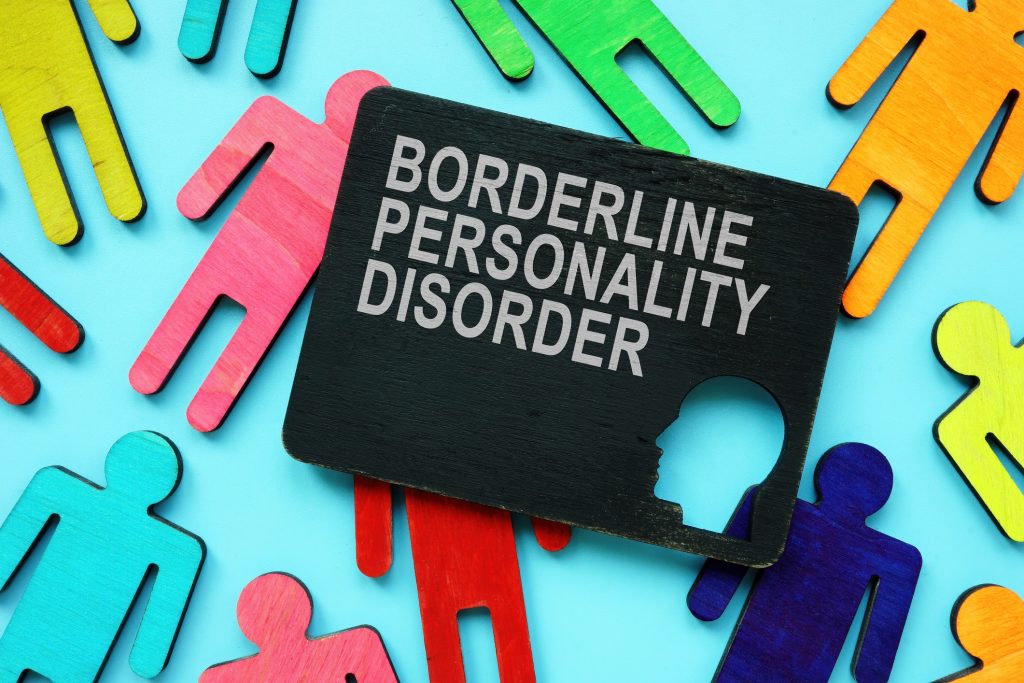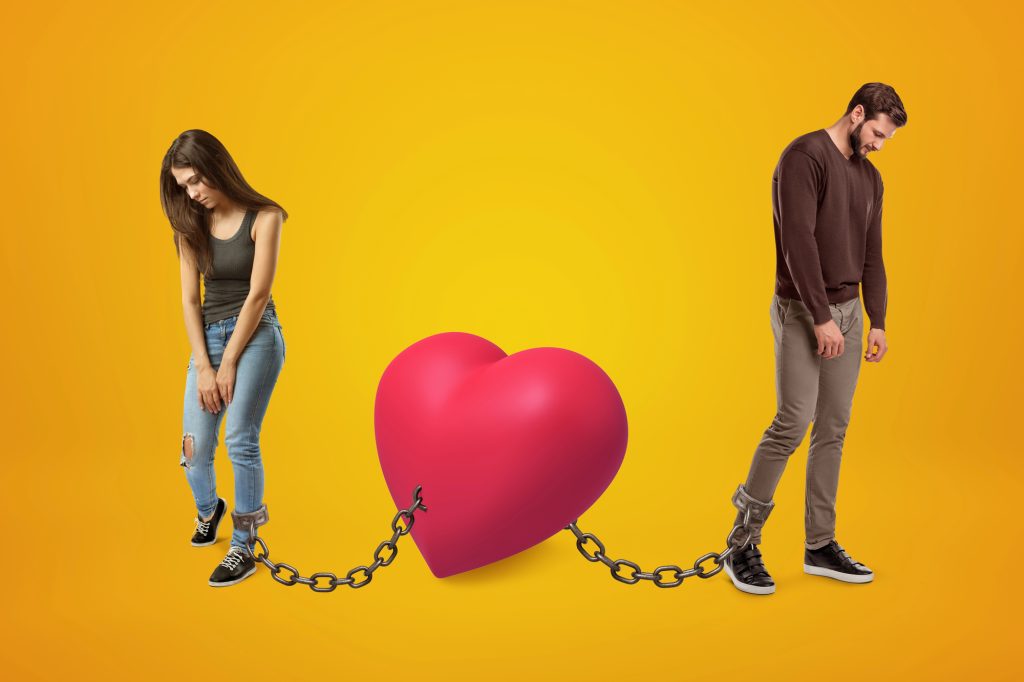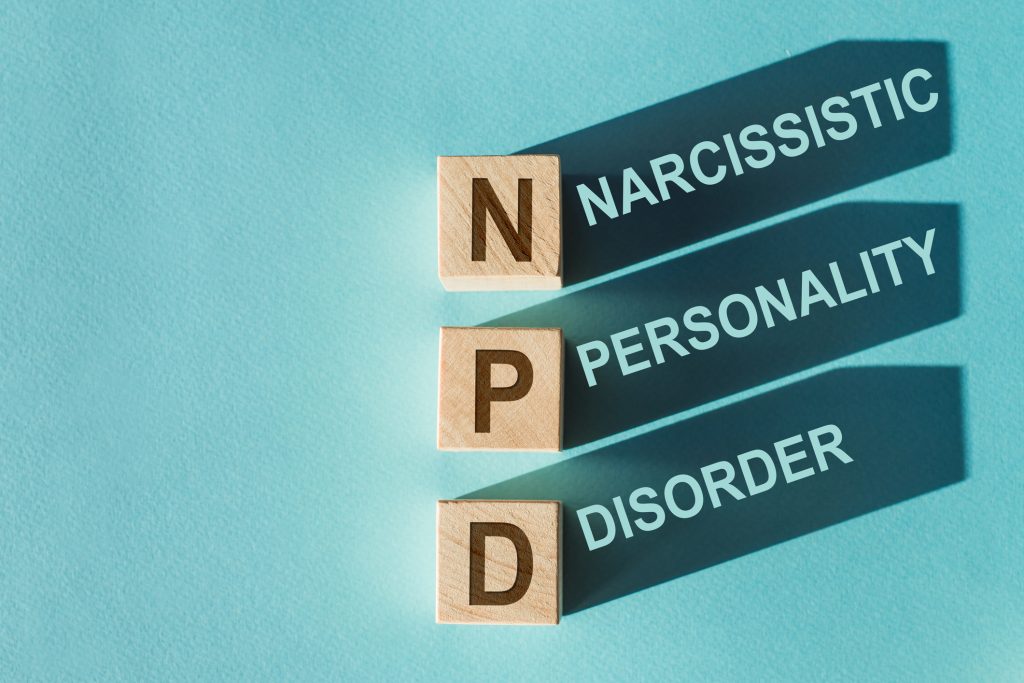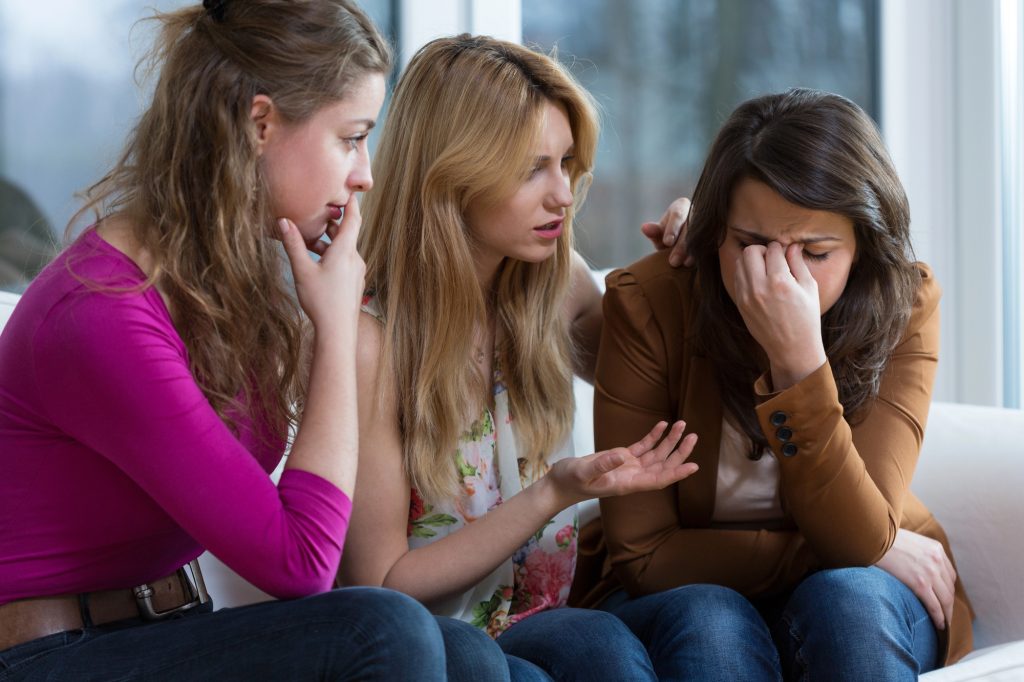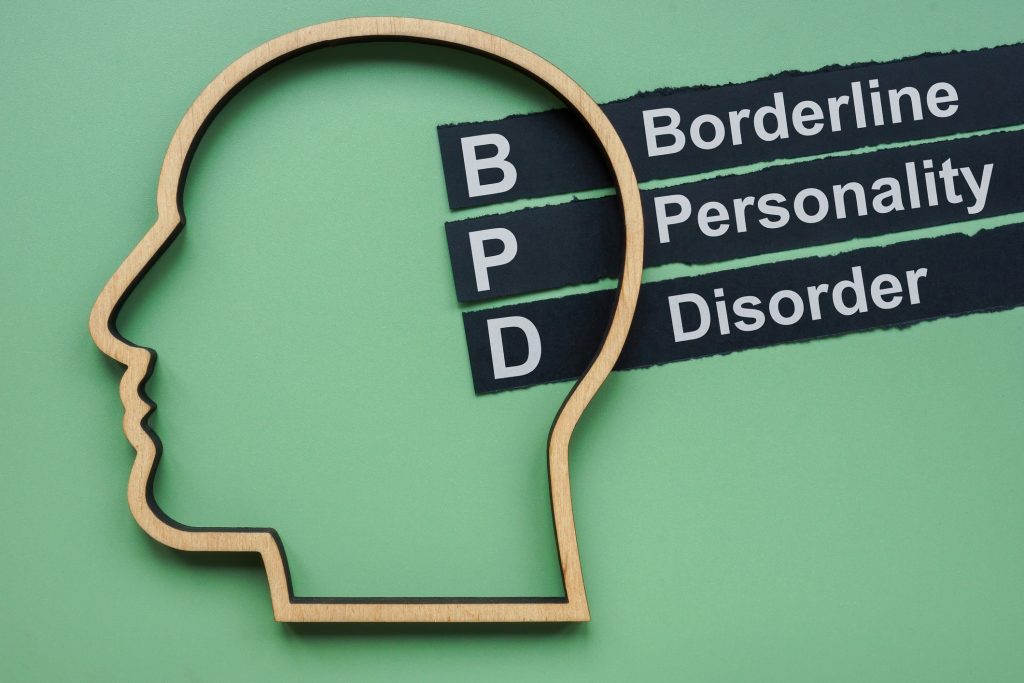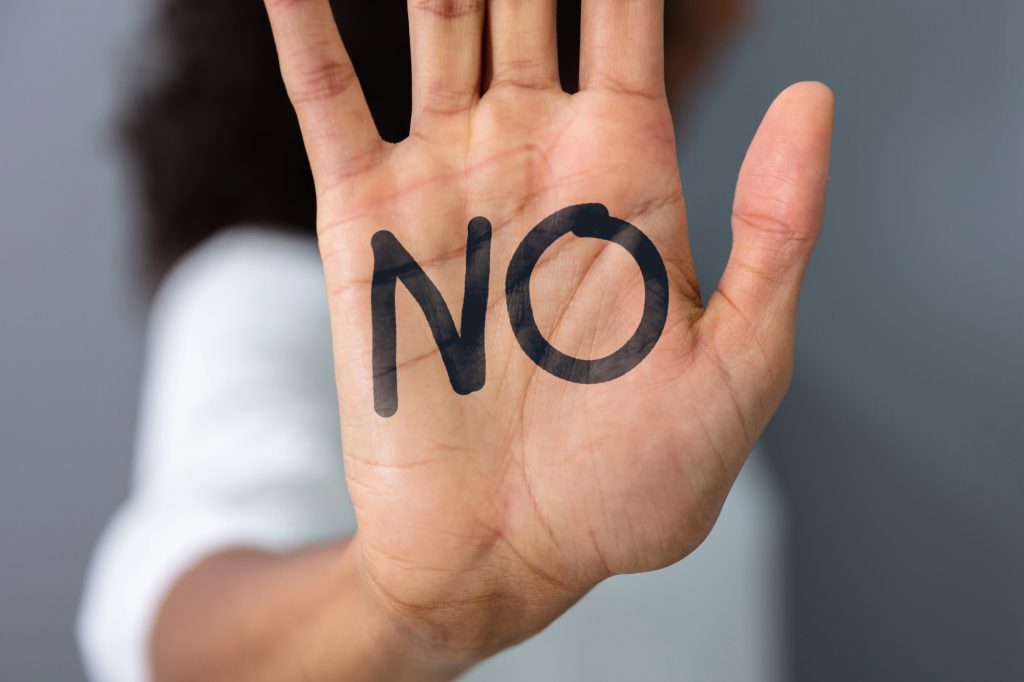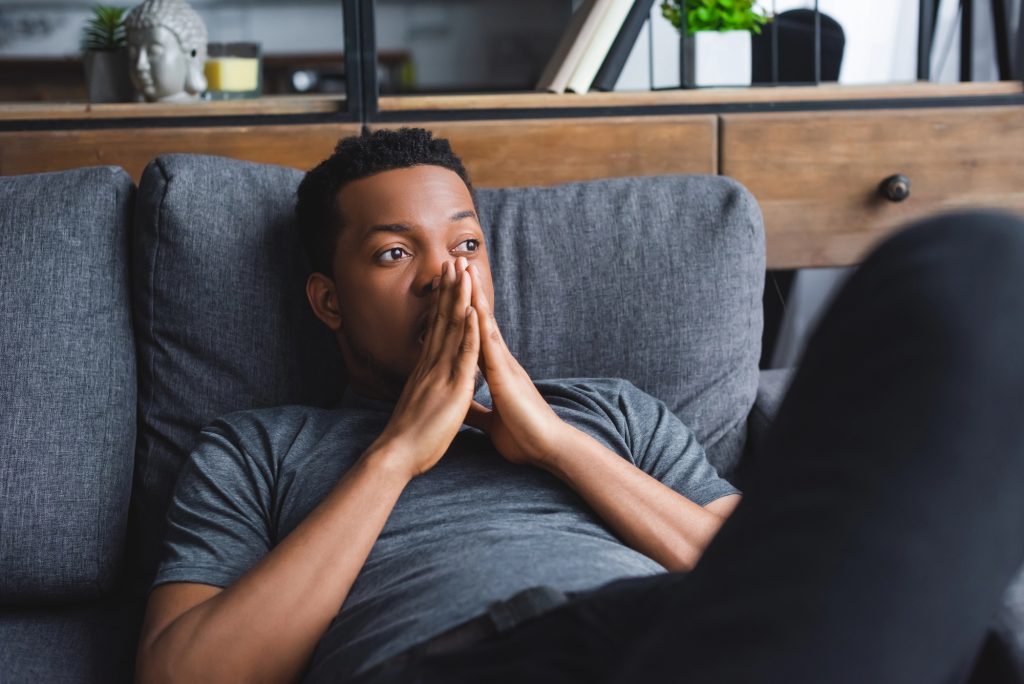
Understanding BPD: My Diagnosis and Un-Enmeshment Journey
by Tanya Paquette
BPD is a confusing and often challenging mental health issue that involves strong and unstable emotions and relationships, a fear of abandonment, a lowered sense of self – esteem , and a shaky sense of self. My journey to understanding BPD and being diagnosed was the hope for clarity. I was tired of my pain and those personal demons that kept surfacing without warning. I wanted answers, not just for my emotional well – being but for those who loved me, too. The symptoms of BPD were apparent from a very young age .
I remember myself having strong and intense , often uncontrollable emotions that left me feeling as if I would be left all alone. Even as a child, I had so much fear and pain.
I would go from happy to sad in an instant . I was raised by a narcissistic mother who cared only about herself and how things looked. She didn’t see me as a person. I was merely a possession. Early signs of my BPD might be confused with puberty, but it was more than moodiness . Yes, I had mood swings, but they were intense, and my feelings of abandonment caused me to act impulsively. I often sought partners who were like my mom. The painful cycle of being loved and then abandoned repeated with my partners , and this idealization and devaluation left me feeling alone . I was anxious and felt unworthy of happiness. I wasn’t in control of myself or my emotions. After years of trying to control myself, I finally sought help. Therapy became my saving grace . The therapist ’ s office was my sanctuary. I felt safe and secure with her , and she helped me heal.
The process was scary and intimidating but necessary . Obtaining a professional diagnosis was critical for my recovery. I was constantly evaluated based on the then DSM – 4 , now DSM – 5 criteria , which revealed that I had a fear of abandonment, unstable relationships , and a negative self – image . Receiving a BPD diagnosis created mixed emotions – a relief to have a name for my ment al health challenges finally , but also the weight of being labeled with a mental condition. I also felt hopeless because I couldn ’ t take a peel to feel better. Every day , I had to work hard to get better In 2018 , I found hope after feeling lost for over eight years. The cause of my spiral was that a close friend committed suicide, and I felt extreme loss because they , too , had BPD. Yet, in the darkness, I saw light. I realized that I could choose a different path. I could get help and recover.
Living wi th BPD is like living in an emotional hell that no one understands. Although I desire closeness, my relationships feel strained because I put much pressure on people. I want them to stay close. I suffocate them , and my anxiety , coupled with my abandonment conflicts , make my heart heavy. I have low self – esteem and seek validation from others. How they see me impacts my viewpoint about myself. It is hard for me to engage with my authentic self. Once people learn about my condition , they seem to treat me diffe rently , as if there is something wrong with me. Well – meaning friends and loved ones hesitate to get close because of my neediness. I often see people as good or bad. There is no in – between stage.
I learned that practical communicati on skills are key to he althier relationships through therapy . They help me share my emotions, meet the needs of others , and get my needs met , too. I’ve learned that it isn’ t all about me. One crucial lesson I ’ ve learned is the importance of being around positive people. S upport ive people help me feel safer. They understand my struggles. Engaging communities and resources such as unenmesh .com are critical to my success. Working with my coach and therapist has helped me set boundaries and achieve g oals. I am committed to healing and know I am not alone. I know I can heal with time.
Over time, I have learned that BPD is a part of me, but it doesn ’ t define me. With Dialectical Behavior Therapy (DBT), I have made tremendous progress. I practice mindfulness and have learned great coping strategies to help manage a myriad of emotions. Establishing healthy boundaries is easier than it used to be. I have healthier connections with others and am becoming happier each day.
I still have hard days but see a flicke r of light at the end of my dark tunnel. I have BPD , but I am living proof that you can overcome mental health challenges if you ’ re willing to work hard and persevere through hard times. You can change if you’re willing to change and work hard toward your goals.
If you ’ re struggling with BPD or another mental health challenge, please seek help. T he right therapist or mental health professional overseeing your condition can help you heal. Organizations like the National Alliance on Mental Illness are great resources. They can help you understand mental health issues and support you when you ’re healing.
As I continue to heal, I know it is important to be independent and not rely on others for validation. Autonomy is important. Learning how to separate my identity from those around me, mainly from my NPD mother, has been hard. Making peace with our toxic bond has helped me grow in ways I never thought possible. Enmeshment can complicate relationship s and can erode your self – esteem . I am thankful to my therapist and coach for helping m e heal from trauma and reach my goals.
If you struggle with enmeshment, BPD , or toxic relationship challenges, don ’ t give up. You can achieve peace of mind and autonomy. You can heal. Embracing one ’ s individuality leads to joy and fulfil lment, enriching relationships with loved ones. There ’ s nothing wrong with seeking help. You don ’ t have to feel alone. Together , we can change the misconceptions that surround BPD and build a world free of stigma for those impacted by mental health challenges.

